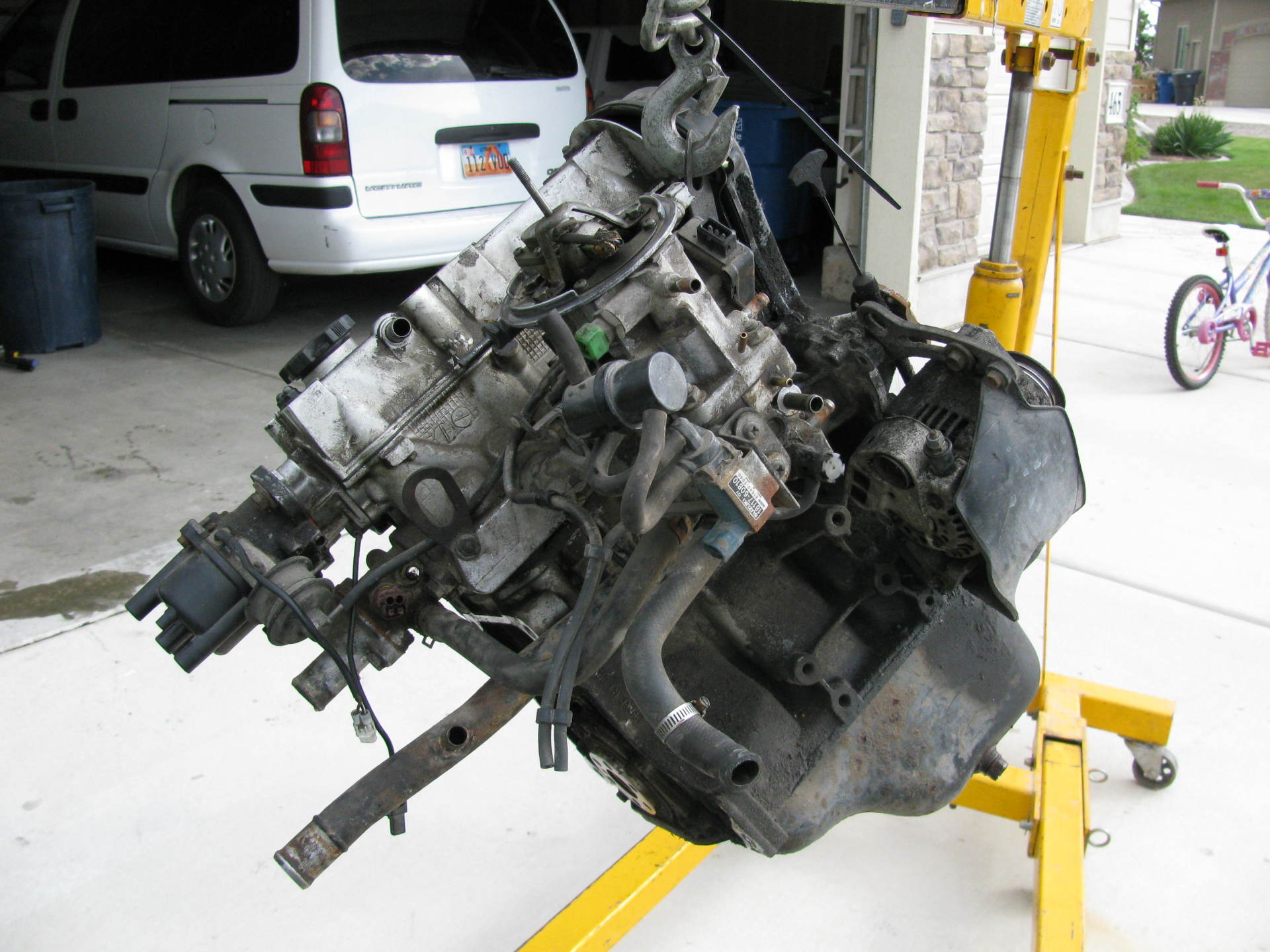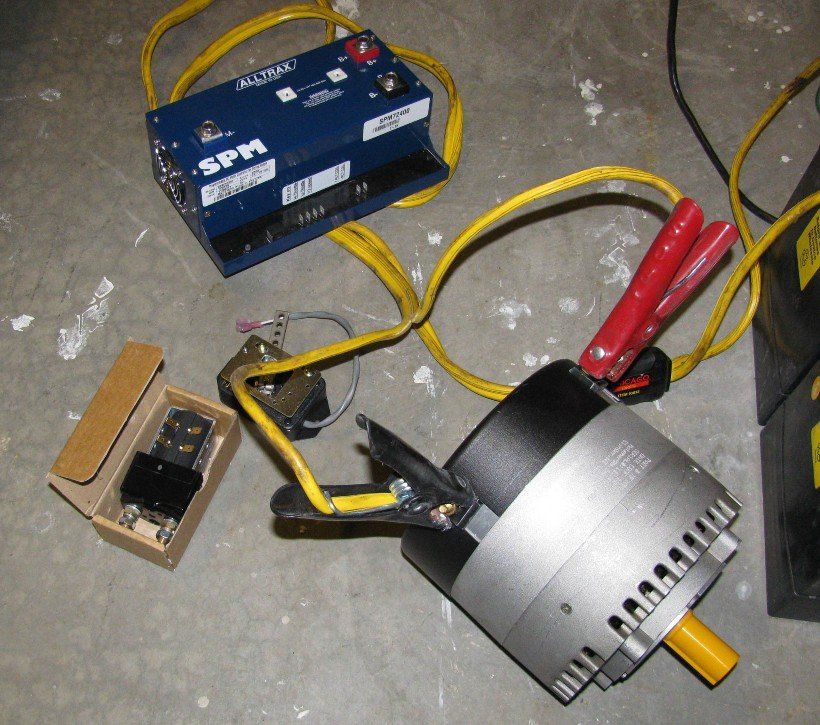Published October 10, 2012: Updated January 23, 2015 (added vehicle specs chart)
Geo Metro EV Conversion Part 1
After a year and over 10,000 all-electric miles on my EV pickup truck, I started noticing degradation of my lead-acid battery pack. All of my long-range experiments and taking the pack down to nothing, dozens of times, (a huge no-ho) have taken their toll.
I started looking into getting lithium batteries for my truck when I realized something. Lithium batteries are a game-changer for EV conversions. I originally chose pickup-truck because it had a frame that could safely hold lots of heavy, lead-acid batteries. Lithium batteries have 1/3rd the weight of lead-acid and have much better performance (including an almost immunity to the Peurkert effect). A 120Ah, 96V lithium pack could yield about the same range as the 220Ah, 120V lead-acid pack that I currently had, yet weight much much less, have better acceleration and last 10 times longer.
This begs the question, why not go with an entirely different donor vehicle? One that has inherently better aerodynamics and weighs less? What vehicle could possibly do all this and still not cost much to acquire? The answer brings me full circle back to the Geo Metro.

Aerodynamically, the Geo Metro even outperforms the Smart Car plus it seats 4 people, has more cargo space and costs 10x less. It's turning radius is still very short and it's only a couple of feet longer than the Smart car too.
The Donor Vehicle:
I looked for Geo Metros on the classified adds but to my surprise, they were all selling for a lot more money than you would expect. I guess, light-weight, economical vehicles retain their value pretty well when gasoline prices are high.
I put out an ad stating that I was interested in purchasing a Geo in the $300-$500 price range. I received a call from a guy in Salt Lake who was going to scrap his '91 Geo Metro LSi Hatchback.
It had major exhaust leaks, a bit of rust, a dead battery, faded paint, bald tires and the clutch was slipping. What a Gem!
Against the better judgment of my wonderful wife, I bought it from him for $460.

Fifteen minutes later, I was on the freeway nervously, yet happily driving it back to our house.
For my first EV conversion, the only tools I had were a car jack and a small socket set. It took me 2 days to pull the engine, bear-hugging the 22R block out of the vehicle. But this time around, I also had an impact wrench, deep walled sockets and an engine hoist. In under 4 hours, I managed to remove every internal combustion engine component that would not be used (engine, radiator, exhaust lines, muffler, gas tank and fuel spout).

It's much easier to remove an engine when you have the right tools.

Removing an internal combustion engine is like removing Cancer.
I managed to resell most of the parts for about $300. Net cost of the donor Geo Metro, $160. Not bad!
Make it look nice:
Since I was planning on spending thousands of dollars on this EV conversion, I wanted it to look good too.

I patched the rusty spots and painted the car.

Engine Compartment before

A couple $8 quarts of metal paint is all it takes.

I used black spray paint for the trim pieces.

Engine Compartment after

Grey primer spray paint for the engine compartment
For less than $1300, I bought a small 72 Volt system: A 23kW PM brushed motor, 400Amp Altrax controller, fuse and contactor.

Breaking in the brushes on the permanent magnet motor
For that price, I could buy 3 of everything and still be ahead, price wise. I rationalized that the small design will be more than adequate after all the proper aero-mods are performed. A Geo Metro is a very light-weight car to begin with.
Here's a video showing the basic components you need to make an electric car.
Going off of my previous experience with the EV truck, I built my own shaft coupler using the original clutch disk, a steel gusset and a 7/8" key-bar.

It cost me $28 in parts.

Cutting the generic Key-bar down to the right size.

Completed shaft coupler (this is from my Toyota EV Pickup truck)

The Motor and controller hastily mounted in the engine bay.
Check out this video of me taking my 1/2 finished Geo EV out for a spin.
